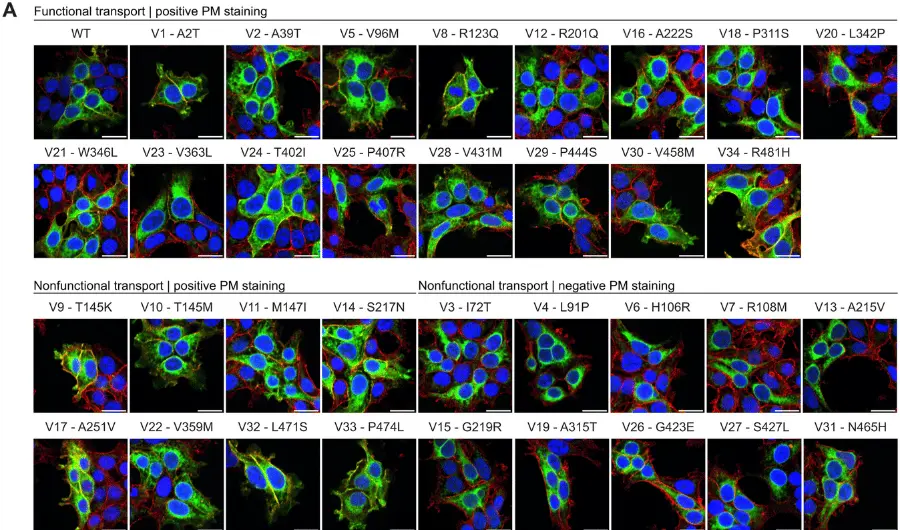Risk Factors for Self-Harm in People with Epilepsy
October 24, 2018
Objective: To estimate the risk of self-harm in people with epilepsy and identify factors which influence this risk.
Methods: Researchers identified people with incident epilepsy in the Clinical Practice Research Datalink, linked to hospitalization and mortality data, in England (01/01/1998–03/31/2014). In Phase 1, they estimated risk of self-harm among people with epilepsy, versus those without, in a matched cohort study using a stratified Cox proportional hazards model. In Phase 2, they delineated a nested case–control study from the incident epilepsy cohort. People who had self-harmed (cases) were matched with up to 20 controls. From conditional logistic regression models, researchers estimated relative risk of self-harm associated with mental and physical illness comorbidity, contact with healthcare services and antiepileptic drug (AED) use.
Results: Phase 1 included 11,690 people with epilepsy and 215,569 individuals without. Researchers observed an adjusted hazard ratio of 5.31 (95% CI 4.08–6.89) for self-harm in the first year following epilepsy diagnosis and 3.31 (95% CI 2.85–3.84) in subsequent years. In Phase 2, there were 273 cases and 3790 controls. Elevated self-harm risk was associated with mental illness (OR 4.08, 95% CI 3.06–5.42), multiple general practitioner consultations, treatment with two AEDs versus monotherapy (OR 1.84, 95% CI 1.33–2.55) and AED treatment augmentation (OR 2.12, 95% CI 1.38–3.26).
Conclusion: People with epilepsy have elevated self-harm risk, especially in the first year following diagnosis. Clinicians should adequately monitor these individuals and be especially vigilant to self-harm risk in people with epilepsy and comorbid mental illness, frequent healthcare service contact, those taking multiple AEDs and during treatment augmentation.







